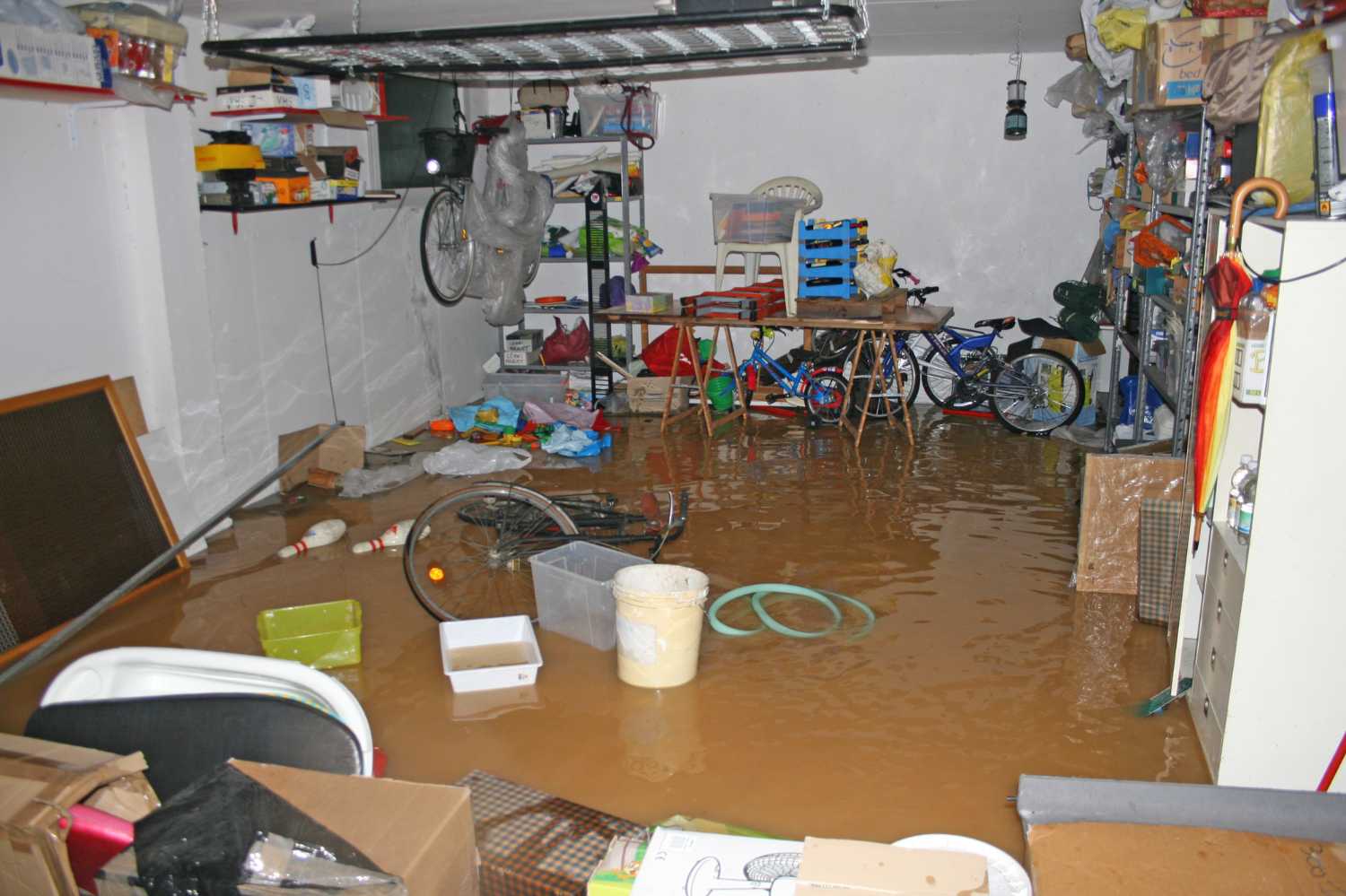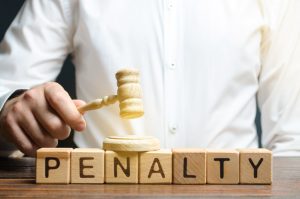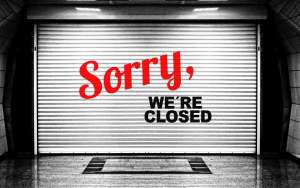As a public adjuster, it is crucial to have a comprehensive understanding of flood damage and the intricacies of insurance policies. Flood damage claims can be complex and challenging, requiring specialized knowledge and expertise to ensure that property owners receive a fair and accurate settlement.
Understanding Flood Damage and Insurance Policies
In this article, we will explore the various types of water damage, the importance of flood insurance, and the steps that public adjusters can take to handle flood damage claims effectively. By understanding the nuances of flood damage and insurance policies, public adjusters can provide valuable assistance to clients and navigate the claims process with confidence.
Types of Water Damage
As a public adjuster handling flood damage claims, it’s crucial to understand the different types of water damage that can occur in a property. This knowledge will help you assess the extent of damages, determine repair costs, and advocate for a fair settlement on behalf of your clients.
- Flooding: Flooding can result from various sources such as heavy rain, melting snow, or nearby bodies of water overflowing. It can cause extensive structural damage and pose health risks due to contaminants in the water.
- Sewer Backup: When the sewer system becomes overwhelmed or clogged, wastewater can back up into properties. This type of water damage is not only destructive but also creates health hazards due to the presence of bacteria and pathogens.
- Clogged Toilets: Blockages in toilets can cause wastewater to overflow, leading to water damage in the surrounding areas. This type of damage can also result from plumbing issues or using excessive amount of toilet paper.
- Leaking Roof: Roof leaks can occur due to damaged shingles, faulty flashing, or clogged gutters. If left unresolved, water can infiltrate the building structure, causing significant damage to ceilings, walls, and personal property.
- Bursting Pipes: Freezing temperatures, extreme pressure, or age-related deterioration can cause pipes to burst. This results in water gushing into the property, potentially causing extensive damage.
Understanding these different types of water damage is essential for public adjusters to accurately assess the extent of damages and advocate for a fair settlement. By being well-versed in the potential causes and effects of each type of water damage, public adjusters can efficiently navigate the flood damage claims process on behalf of their clients.
Homeowners Insurance Policies
When handling flood damage claims as a public adjuster, it’s essential to have a clear understanding of the different types of homeowners insurance policies available to property owners. This knowledge will help you advocate for your clients and assist them in navigating the claims process effectively.
Homeowners insurance policies typically provide coverage for a range of perils, including fire, theft, and certain types of water damage. However, flood damage is often excluded or limited in these policies. The limitations and exclusions vary depending on the insurance company and policy, so it’s crucial to review the specific terms and conditions.
In situations where the property did not have a flood policy at the time of the loss, the options for coverage may be limited. As a public adjuster, you must communicate these limitations to your clients and help them understand that without a separate flood insurance policy, the damages may not be covered.
To protect their homes from future flood events, it’s important for property owners to consider obtaining a separate flood insurance policy. This coverage is typically offered through the National Flood Insurance Program (NFIP) or private insurers. A separate flood insurance policy ensures that damages resulting from flood events are covered, providing property owners with peace of mind and financial protection.
As a public adjuster, it is your responsibility to educate your clients about the importance of having adequate insurance coverage for flood damage and guide them towards obtaining a separate flood insurance policy to safeguard their homes.
Separate Flood Insurance Policy
As a public adjuster, handling flood damage claims requires a thorough understanding of the specific challenges and processes involved. When dealing with a claim that involves a separate flood insurance policy, there are several key steps to take:
- Familiarize Yourself with the Flood Insurance Policy: Review the terms and provisions of the separate flood insurance policy to understand the coverage limits and exclusions. This knowledge will help you properly assess the extent of damages eligible for compensation.
- Assess and Distinguish Flood Damage: Differentiate between damage caused directly by floodwater and damage caused by other factors such as wind or structural issues. This distinction is crucial in attributing specific damages to the flood event and ensuring accurate coverage.
- Document and Collect Evidence: Thoroughly document the extent of flood damage through photographs, videos, and written descriptions. This evidence will be crucial during the claims process, providing strong support for your client’s case.
- Prepare a Detailed Damage Evaluation: Create a comprehensive assessment of the flood-related damages, including structural damage, content losses, and additional living expenses incurred as a result of the flood event. This evaluation will help justify the compensation your client is entitled to receive.
- Negotiate with the Insurance Company: Present your findings and documentation to the insurance company’s adjusters while advocating for a fair settlement on behalf of your client. Utilize your expertise and knowledge of the policy to ensure the maximum compensation is awarded.
By understanding the intricacies of separate flood insurance policies and navigating the claims process effectively, public adjusters can provide valuable assistance to homeowners seeking protection against flood damage.
Understanding the Claims Process for Flood Damage as a Public Adjuster
As a public adjuster specializing in handling flood damage claims, it is essential to familiarize yourself with the claims process to effectively advocate for your clients.
The first step is filing the claim, which involves gathering all necessary information, such as the policyholder’s contact details, policy number, and date of loss. Documenting the damage is crucial at this stage, using photographs, videos, and written descriptions to support your case.
Next, you will collaborate with the insurance company adjuster or agent assigned to the claim. Provide them with your detailed damage evaluation, which includes a comprehensive assessment of structural damage, content losses, and additional living expenses incurred due to the flood event.
It’s important to make necessary repairs to mitigate further damages, keeping in mind that some insurance policies require policyholders to take reasonable steps to prevent further loss. Document these repair efforts as evidence for your claim.
Once the claim is submitted for review and approval, it’s time to negotiate for a fair settlement. This is where your expertise and knowledge of the policy come into play. Present your findings and documentation to the insurance company adjuster, advocating for the maximum compensation your client is entitled to.
If the insurance company offers a lowball settlement, it may be necessary to reject it and initiate further negotiations. Your goal as a public adjuster is to ensure that your client receives a fair settlement amount that adequately covers the extent of damages caused by the flood event.
By understanding and navigating the claims process, you can effectively represent your clients as a public adjuster, ensuring they receive the compensation they deserve for their flood damage.
Filing a Claim for Flood Damage
As a public adjuster, it is your duty to gather all necessary information from the policyholder, such as their contact details, policy number, and the date of the loss. Taking meticulous documentation of the damage is of utmost importance, utilizing photographs, videos, and written descriptions to support your case.
With this crucial information in hand, you’ll be able to collaborate effectively with the insurance company adjuster or agent assigned to the claim, providing them with your detailed damage evaluation, including a comprehensive assessment of structural damage, content losses, and additional living expenses incurred due to the flood event.
Documenting the Damage
As a public adjuster handling flood damage claims, it is crucial to effectively document the extent of the damage caused by the flood. This ensures that you can accurately assess the losses and advocate for a fair settlement on behalf of the insured.
To begin, it is recommended to take detailed photos and videos of the affected area, including any standing water or visible signs of previous water damage. This documentation serves as visual evidence that can support your claim. Additionally, it is essential to capture images of every item that has been damaged. This includes furniture, appliances, personal possessions, and structural elements.
In addition to visual documentation, it is equally important to create a comprehensive inventory of the damaged items. This can be done by preparing a home contents list, noting the make, model, and value of each item. This detailed inventory will support your claim and help ensure a fair settlement.
Properly preparing, documenting, and supporting the claim on behalf of the insured is paramount. By following these steps and utilizing clear and thorough documentation, public adjusters can effectively navigate flood damage claims and advocate for the maximum settlement that the insured is entitled to.
Working with an Insurance Company Adjuster or Agent
When handling flood damage claims as a public adjuster, it is crucial to understand the process of working with an insurance company adjuster or agent. These individuals play a significant role in assessing the validity of the claim while also protecting the company’s bottom line.
To effectively communicate and advocate for your customers throughout the claims process, it is essential to follow these necessary steps. Firstly, maintain open and transparent communication with the insurance company adjuster or agent. Keep them informed of all the damages and losses incurred due to the flood event. This includes providing them with detailed photos, videos, and a comprehensive inventory of damaged items.
Next, be prepared to negotiate on behalf of your customer and provide supporting documentation for your claim. Insurance company adjusters are responsible for reviewing the claim and determining the appropriate settlement amount. As a public adjuster, it is crucial to gather repair estimates and any other relevant documentation that supports the cost of repairs and the extent of damages.
Lastly, be persistent and proactive in advocating for a fair settlement. Insurance company adjusters are trained to protect the interests of the company, and it may require assertiveness on your part to achieve a fair resolution. Stay informed about your rights, the terms of the insurance policy, and the applicable laws and regulations.
By following these steps and effectively engaging with insurance company adjusters or agents, you can maximize the chances of a fair settlement for your flood damage claim.
Making Necessary Repairs to Mitigate Further Damages
As a public adjuster, it is crucial to emphasize the importance of making necessary repairs to mitigate further damages caused by flood and water damage. Time is of the essence when it comes to addressing these damages, as neglecting repairs can lead to significant risks and consequences.
By promptly repairing the damages, property owners can prevent the situation from getting worse. Water can seep into structural components, leading to weakened foundations, structural instability, and mold growth. Mold growth can be particularly harmful to the health of occupants and can cause additional property damage.
Delaying repairs can also result in the denial or reduction of insurance claims. Insurance companies may argue that the property owner failed to take necessary action to prevent further damages, leading to a decreased settlement amount or even a rejected claim.
Additionally, neglecting repairs can impact the safety of the property. Structural damages can compromise the integrity of the building, putting occupants at risk.
Therefore, it is essential for public adjusters to advise property owners to promptly make necessary repairs to mitigate further damages. By doing so, they can protect the property, maintain the value of the insurance claim, and ensure the safety of the occupants.
Submitting the Claim to the Insurer for Review and Approval
As a public adjuster specializing in flood damage claims, it is essential to understand the process of submitting a claim to the insurance company for review and approval. This involves efficiently navigating through the necessary documentation and forms while adhering to specific guidelines and requirements set by the insurer.
Firstly, ensure that you have all the relevant documentation related to the flood damage. This may include photographs or videos of the damaged property, itemized lists of affected personal belongings, repair estimates from contractors, and any other pertinent evidence.
Next, carefully review the insurance policy to determine the specific coverage and limitations for flood damage claims. Familiarize yourself with the insurer’s guidelines for documenting and submitting a claim.
Fill out the required forms accurately and thoroughly. Pay close attention to deadlines imposed by the insurance company for submitting the claim. Failure to meet these deadlines may lead to delayed or denied claims.
When submitting the claim, it is crucial to provide a clear and detailed explanation of the extent of the flood damage and its impact on the property. Include supporting evidence and repair estimates to establish the cost of repairs.
It is also essential to maintain open and frequent communication with the insurance company adjuster throughout the review and approval process. Address any inquiries promptly and provide any additional information or documentation requested.
By following these steps and ensuring proper documentation and communication, you can maximize the chances of a fair settlement for your client’s flood damage claim.
Negotiating Fair Settlement Amounts with Insurance Companies
As a public adjuster, one of the most critical tasks is negotiating fair settlement amounts with insurance companies on behalf of property owners who have experienced flood damage. This process requires a thorough understanding of the insurance policy, the extent of the damages, and the various factors that need to be considered when estimating the cost of repairs.
By following a strategic approach, public adjusters can effectively advocate for their clients and ensure they receive the maximum settlement amount deserved. This article will outline the key steps and strategies that public adjusters can employ during the negotiation process to achieve fair and favorable outcomes for their clients.
Factors that Affect Settlement Amounts in Flood Damage Insurance Claims
As a public adjuster handling flood damage claims, it’s crucial to understand the various factors that can impact the settlement amount for your clients. By considering these factors, you can ensure that your clients receive a fair and adequate settlement for their losses.
One important factor to consider is compliance with building codes. In many cases, flood damage may require repairs or upgrades to bring the property up to current building code standards. Ensuring compliance with these codes can significantly impact the settlement amount, as the cost of these upgrades may be included in the claim.
Additionally, the need for upgrades can contribute to the settlement amount. For instance, if a property has outdated plumbing or electrical systems, these may need to be replaced to properly restore the property. Including the cost of these upgrades in the claim can help property owners receive a fair settlement that addresses the full extent of the damages.
Another factor to consider is the type of settlement offered. Flood damage claims typically involve two types of settlements: actual cash value (ACV) and replacement cost value (RCV). ACV settlements consider depreciation and pay out the value of the damaged property at the time of loss, while RCV settlements cover the cost of fully replacing the damaged property without factoring in depreciation.
It’s also important to be aware of possible depreciation holdbacks in RCV settlements. Insurance companies may initially provide a partial settlement and hold back depreciation until the property is fully repaired. As a public adjuster, it’s important to determine whether the holdback is reasonable and ensure that your client receives the maximum settlement they are entitled to.
By considering these factors and staying informed about compliance with building codes, upgrades, ACV versus RCV settlements, and depreciation holdbacks, you can effectively handle flood damage claims as a public adjuster and advocate for fair settlements on behalf of your clients.
Rejecting Lowball Offers from Insurers
As a public adjuster handling flood damage claims, it is essential to effectively reject lowball offers from insurers to ensure your clients receive a fair settlement.
To start, understanding the true extent of damages is crucial. Thoroughly assess the property and document all damages, including structural damage, mold growth, and any other issues caused by the flood. Having solid documentation to support your claim is vital in disputing lowball offers.
When negotiating with the insurance company, provide strong counterarguments backed by supporting evidence. This could include repair estimates from trusted professionals, such as water damage restoration companies or contractors. These estimates will help demonstrate the actual cost of repairs and bolster your case for a higher settlement.
If the insurance company refuses to budge, explore appealing their decision. Hiring a public adjuster can greatly assist in advocating for a fair settlement. Public adjusters have extensive experience in handling claims and can provide the necessary expertise to challenge the insurer’s lowball offers.
By understanding the extent of damages, having solid documentation, negotiating with supporting evidence, and appealing the insurer’s decision when necessary, public adjusters can effectively reject lowball offers and ensure their clients receive the fair settlement they deserve.
Now Go Out There and Make Your Flood Claim Customers Happy
Navigating flood damage claims as a public adjuster may seem like a daunting task, but with the right knowledge and expertise, you can successfully guide your clients through the complexities. Remember to stay up-to-date with the ever-changing regulations and policies, communicate effectively with both the insured and the insurance company, and always advocate for your client’s best interests.
By doing so, you can ensure a fair and favorable outcome for those affected by flood damage. So, put on your adjuster hat and dive into the world of flood damage claims – there’s no challenge too complex for a skilled and dedicated public adjuster like you!


